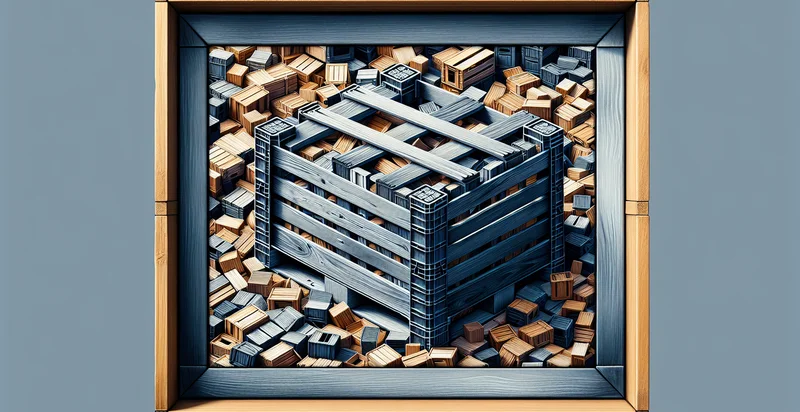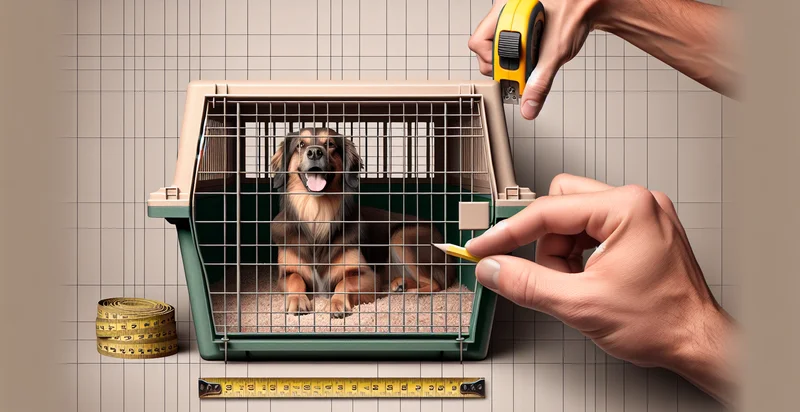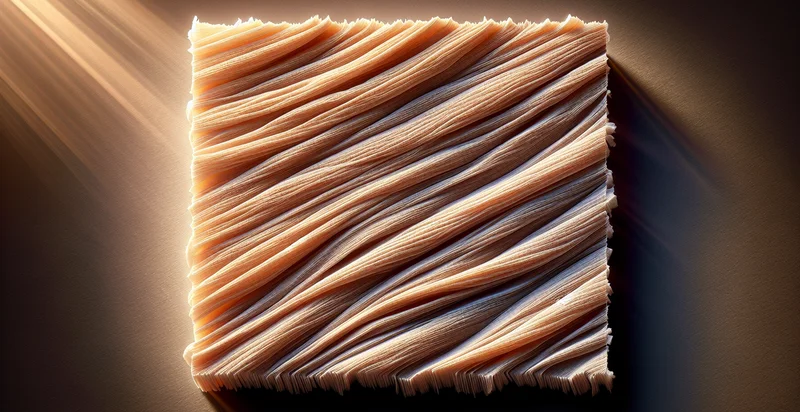Identify what material a crate is made from
using AI
Below is a free classifier to identify what material a crate is made from. Just upload your image, and our AI will predict what material a crate is made from - in just seconds.

Contact us for API access
Or, use Nyckel to build highly-accurate custom classifiers in just minutes. No PhD required.
Get started
import nyckel
credentials = nyckel.Credentials("YOUR_CLIENT_ID", "YOUR_CLIENT_SECRET")
nyckel.invoke("what-material-a-crate-is-made-from", "your_image_url", credentials)
fetch('https://www.nyckel.com/v1/functions/what-material-a-crate-is-made-from/invoke', {
method: 'POST',
headers: {
'Authorization': 'Bearer ' + 'YOUR_BEARER_TOKEN',
'Content-Type': 'application/json',
},
body: JSON.stringify(
{"data": "your_image_url"}
)
})
.then(response => response.json())
.then(data => console.log(data));
curl -X POST \
-H "Content-Type: application/json" \
-H "Authorization: Bearer YOUR_BEARER_TOKEN" \
-d '{"data": "your_image_url"}' \
https://www.nyckel.com/v1/functions/what-material-a-crate-is-made-from/invoke
How this classifier works
To start, upload your image. Our AI tool will then predict what material a crate is made from.
This pretrained image model uses a Nyckel-created dataset and has 26 labels, including Acrylic, Aluminum, Bamboo, Cardboard, Clay, Composite, Concrete, Fabric, Fiberglass and Glass.
We'll also show a confidence score (the higher the number, the more confident the AI model is around what material a crate is made from).
Whether you're just curious or building what material a crate is made from detection into your application, we hope our classifier proves helpful.
Related Classifiers
Need to identify what material a crate is made from at scale?
Get API or Zapier access to this classifier for free. It's perfect for:
- Supply Chain Optimization: By accurately identifying the materials of crates, logistics companies can streamline their inventory management. Understanding the crate material allows for better planning in transportation, reducing costs associated with handling and storage.
- Quality Control in Manufacturing: Manufacturers can utilize material identification to ensure that the correct crates are used for specific products. This reduces the risk of product damage during shipping and enhances the overall quality assurance processes in production.
- Recycling and Waste Management: Waste management companies can benefit from knowing the materials of crates to promote effective recycling practices. This function can help in sorting crates more efficiently at recycling facilities, leading to improved waste processing and reduced environmental impact.
- E-commerce Fulfillment: E-commerce platforms can enhance their fulfillment operations by verifying the materials of shipping crates. Accurate information can aid in determining the most suitable packaging options, thereby minimizing shipping-related damages and returns.
- Compliance with Regulatory Standards: Businesses in industries such as food and pharmaceuticals can ensure compliance with regulations regarding packaging materials. By identifying crate materials, companies can verify that they meet safety and handling standards required by law.
- Sustainability Tracking: Companies focused on sustainability initiatives can use this classification function to monitor the materials used in their shipping crates. This data empowers businesses to make informed decisions about sustainable practices, including implementing reusable or eco-friendly packaging alternatives.
- Inventory Control for Retailers: Retailers can leverage material identification to manage their stock levels more effectively. Knowing the crate materials allows for better space allocation in warehouses and stores, ultimately optimizing product placement and enhancing customer satisfaction.


